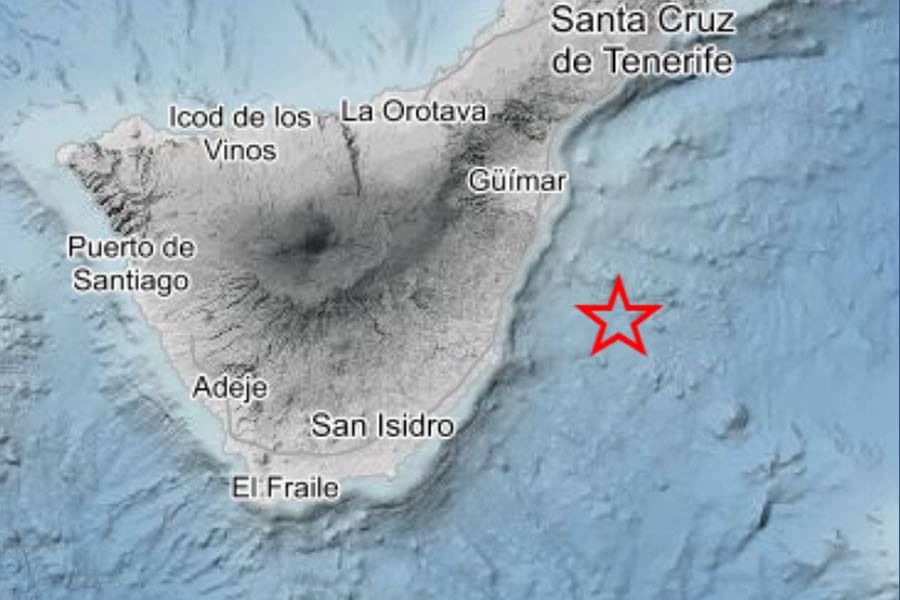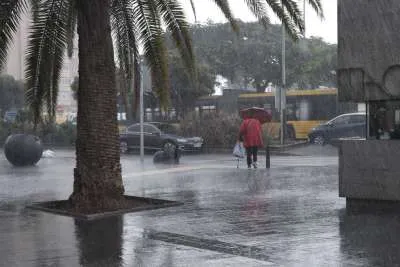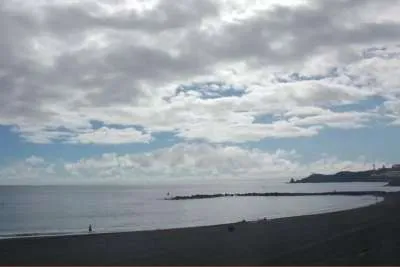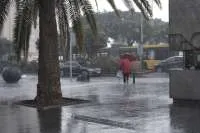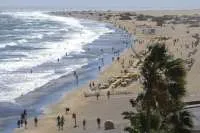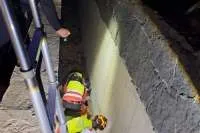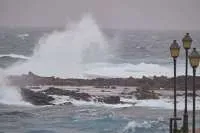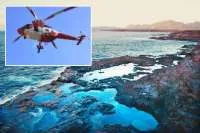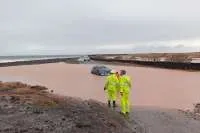A 3.3 magnitude earthquake rattles the east coast of Tenerife
- 26-05-2024
- Tenerife
- Canarian Weekly
- Photo Credit: IGN
The town of Güímar, on the east coast of Tenerife, experienced a 3.3 magnitude earthquake yesterday (Saturday), according to a report from the National Geographic Institute (IGN). The tremor, which had an intensity level of II, occurred at 1:41pm at a depth of approximately 28 kilometres, just off the coast.
This seismic event is part of a series of tremors detected yesterday by the IGN in the area between the islands of Gran Canaria and Tenerife. One of these earthquakes was located northwest of the Tenerife municipality of Fasnia, measuring 1.9 magnitude at a depth of 8 kilometres, and the other was detected northwest of Gáldar in Gran Canaria, measuring 1.8 magnitude at a depth of 11 kilometres.
The Güímar earthquake was felt by local residents who reported their experiences to the local authorities and emergency services, although no material or personal damage has been recorded.
While the local population has expressed some concern, experts have urged calm, emphasising that such events are relatively common in the region due to its volcanic nature.
The IGN, the organisation responsible for seismic monitoring in Spain, has stated that the seismic activity recorded this Saturday is within the normal range for the Canary Islands.
This islands, situated over an area of moderate tectonic activity, regularly experiences low to medium intensity tremors. This seismic activity is constantly monitored to ensure the safety of residents and to prevent any major eventualities.
Regarding the other two earthquakes, the IGN detailed that the tremors were both of lower magnitude and occurred at a shallower depth, which generally implies a lesser perception at the surface, and didn’t cause any alarm among the population.
Seismologists have explained that the depth at which these movements occur is a key factor in determining their impact on the surface. Deeper earthquakes, like the one in Güímar, tend to be less perceptible than shallow ones but can cover a wider area. In contrast, shallow tremors, like those in Fasnia (Tenerife) and Gáldar (Gran Canaria), although they tend to be felt more intensely in the immediate area, have a more limited reach.
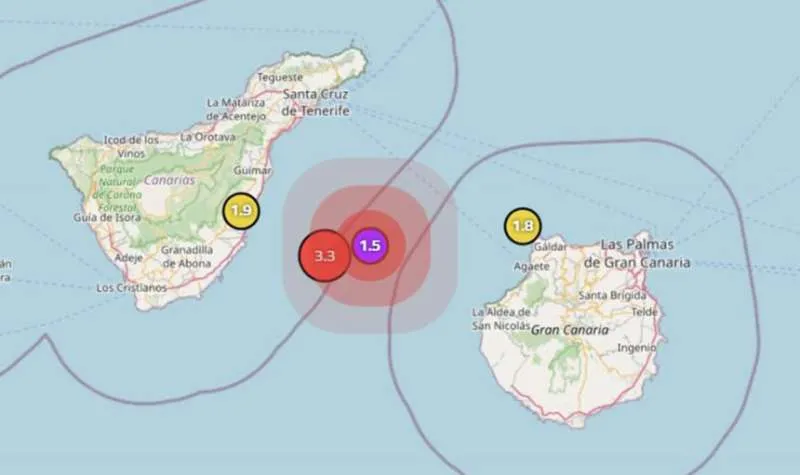
Ongoing Scientific Studies and Public Awareness
The scientific community continues to study these phenomena to improve the prediction and understanding of earthquakes in the region. The Canary Islands, due to their geological nature, offer a significant field of study for researchers. Data collected by the IGN and other organisations help create risk maps and develop more effective contingency plans to protect the population.
Meanwhile, local authorities in Tenerife recommend that citizens stay informed and prepared for any eventuality. Although low-magnitude earthquakes usually do not cause damage, it is important to follow civil protection recommendations and stay alert to potential aftershocks or future seismic movements.
Other articles that may interest you...
Trending
Most Read Articles

Featured Videos
A Vision of Elvis Tenerife Promo
- 10-05-2025
TEAs 2025 Highlights
- 17-11-2025


